Since my trip to Amanohashidate in May I wanted to come back to see the Hozukyo ravine between Kyoto and Toyooka. The express train I used that day passed through many tunnels so I could only get a glimpse at the landscape. Luckily the historic train line that follows the river course has been maintained and a historic train operates on the line as a tourist attraction.
Tickets sell out very fast but I could reserve a seat over the JR online portal (address, phone number and credit card required). I boarded the train at Torokko Saga station terminal, a bit East of the Arashiyama area. The train consists of five carts with one being open air. This wagon is the first one to sell out but I managed to get a seat on the return trip.
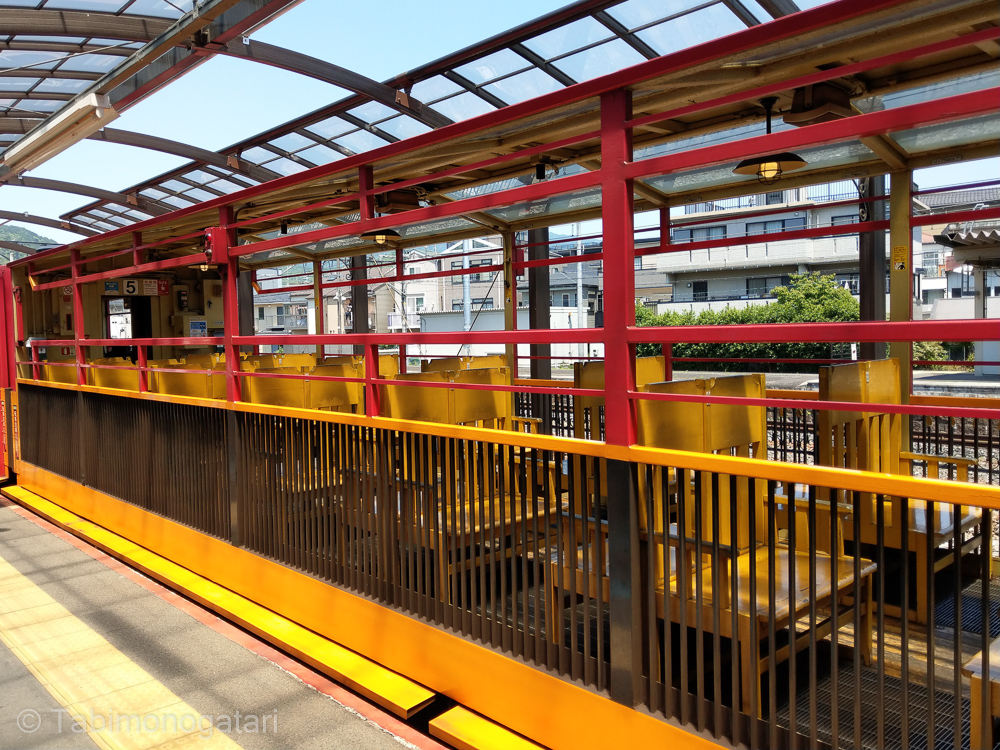
Within minutes the scenery changed from houses to the bamboo forest of Arashiyama. The train slowly made its way through the valley, passing under maple and cherry trees and sometimes tunnels. In spring and autumn the train is even more popular thanks to the Sakura or Momiji. It is very hard to reserve tickets in that time (presale starts a month ahead so prepare for that).
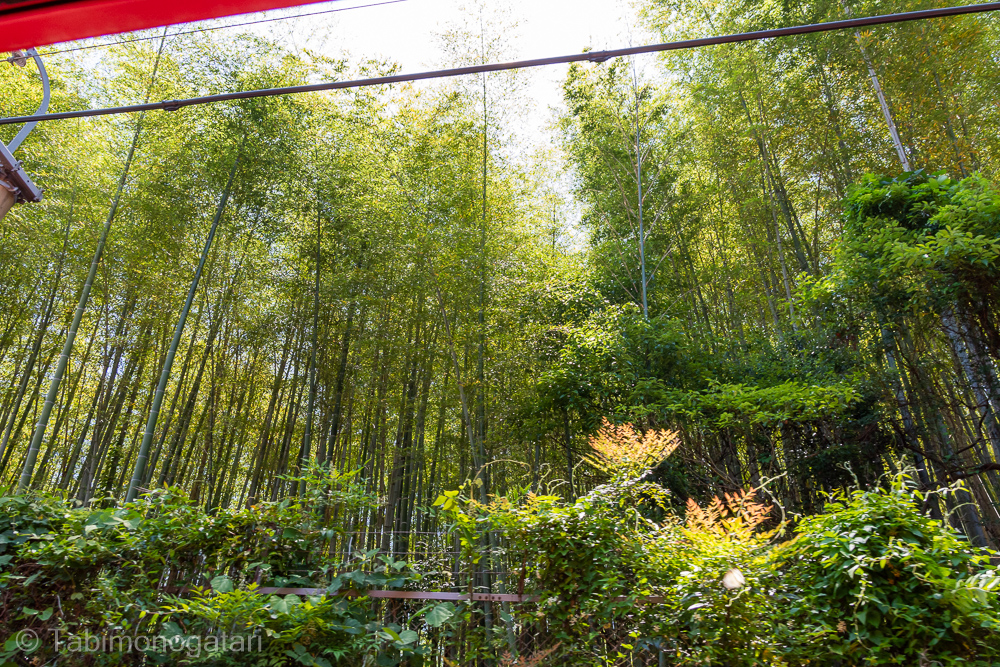
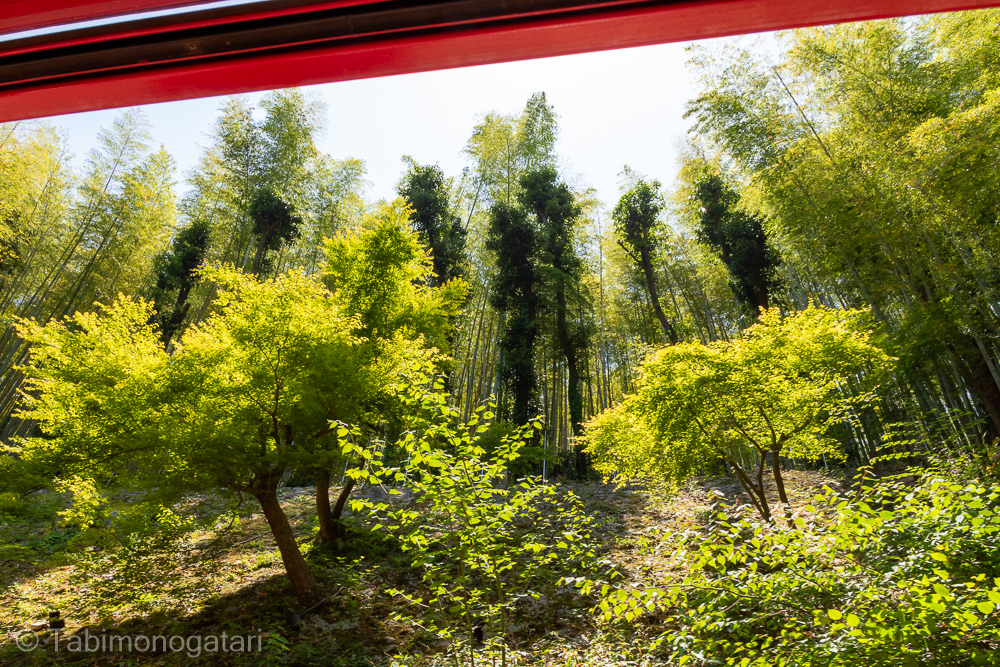
From Toyooka there are river cruises that take you back to Kyoto which we could see from the train. This time I did not board one but will try to do it another time. The boats leave from JR Kamaoka station, a short bus ride from the train station.
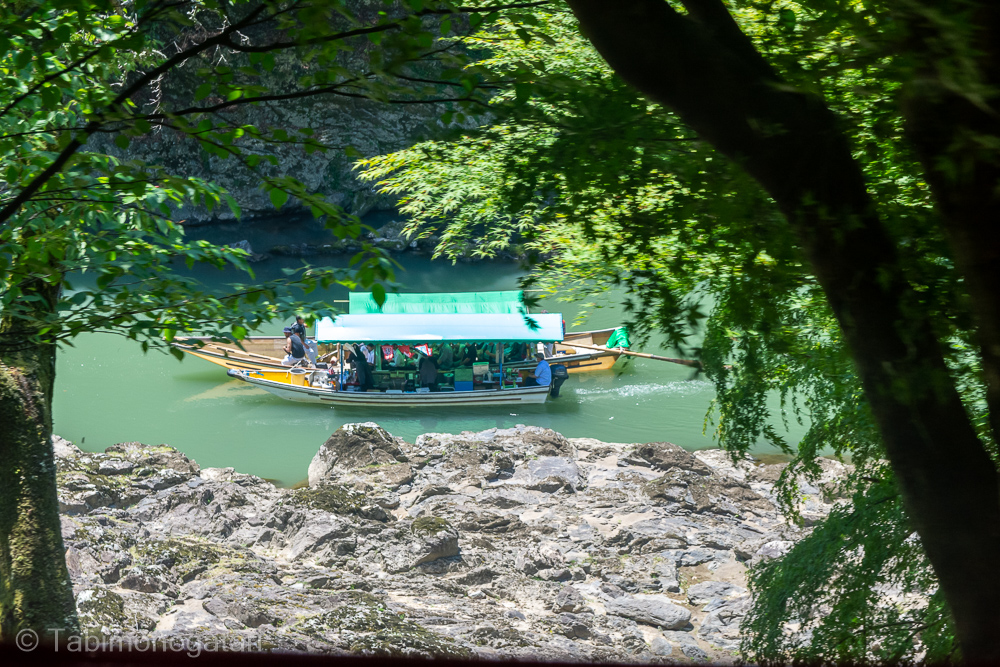
Besides, there is not much to do here, except for hikes. I decided to take the train both ways and in the one hour in Torokko-Kamaoka I went to a sushi restaurant for lunch. The restaurant (sushisho sakura) was a counter-style sushi restaurant and I was the only customer at that time. While enjoying the omakase nigiri course I talked with the chef and he proudly told me that the Japanese salmon I ate was cultivated in the mountain streams of Nagano prefecture.
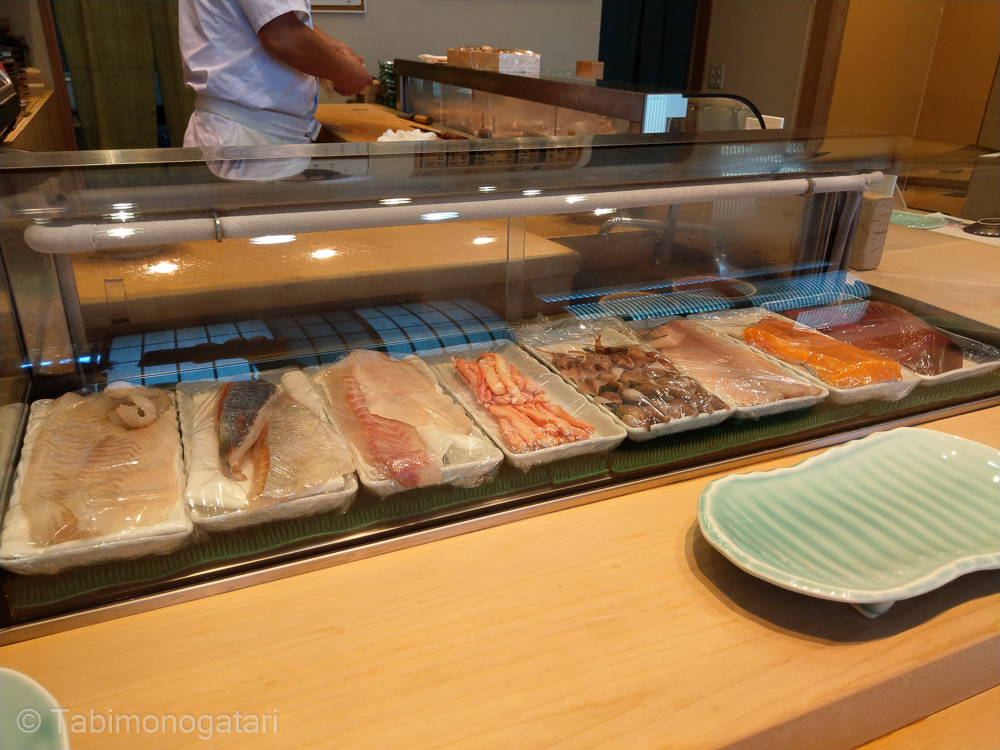
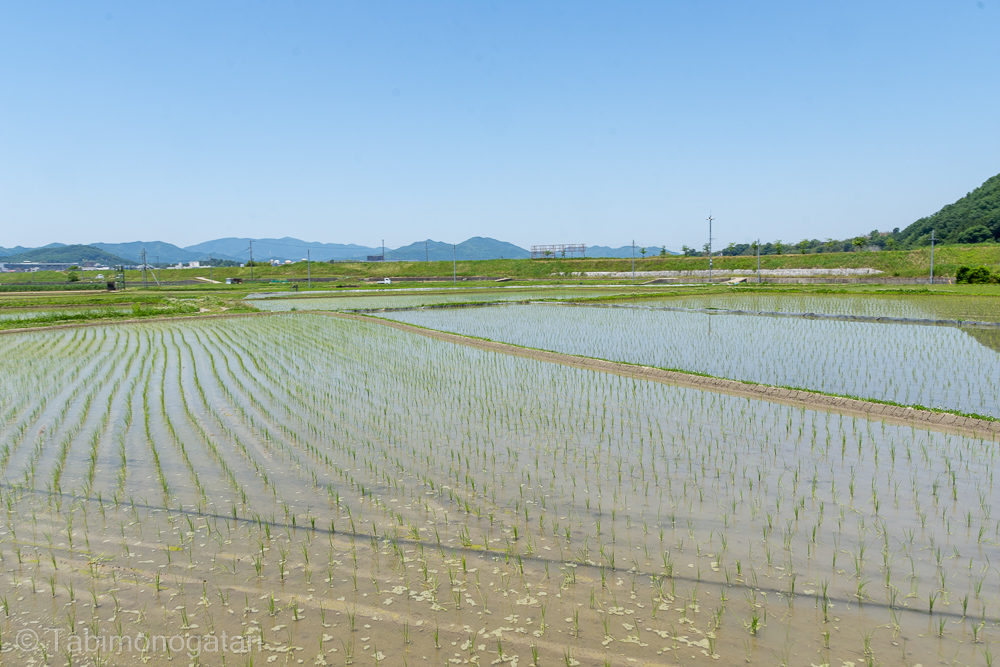
In the open-air wagon the experience was even better. The perfect weather, fresh breeze and the unobstructed view made the ride even more enjoyable.
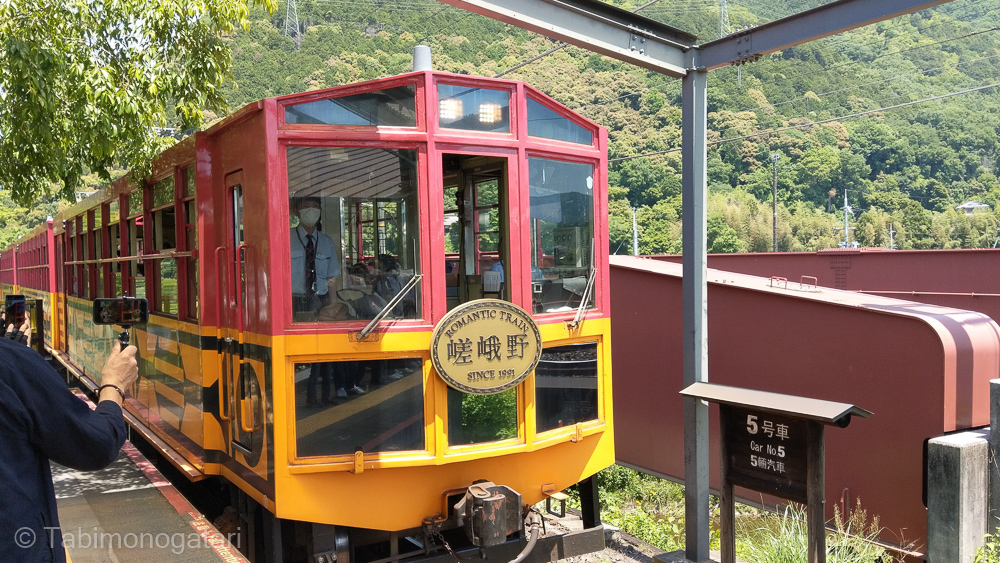
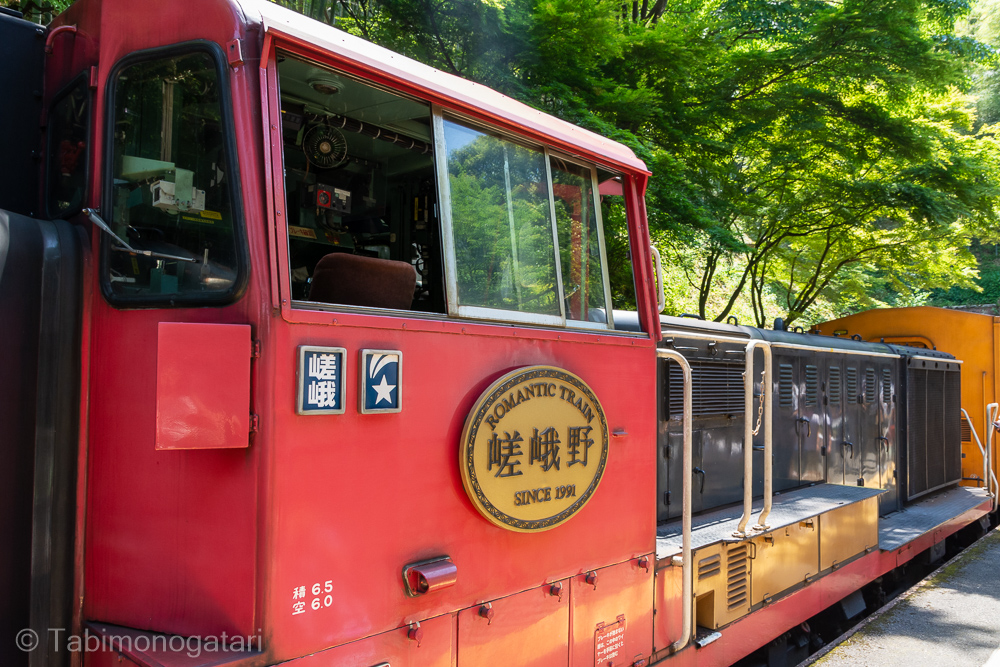
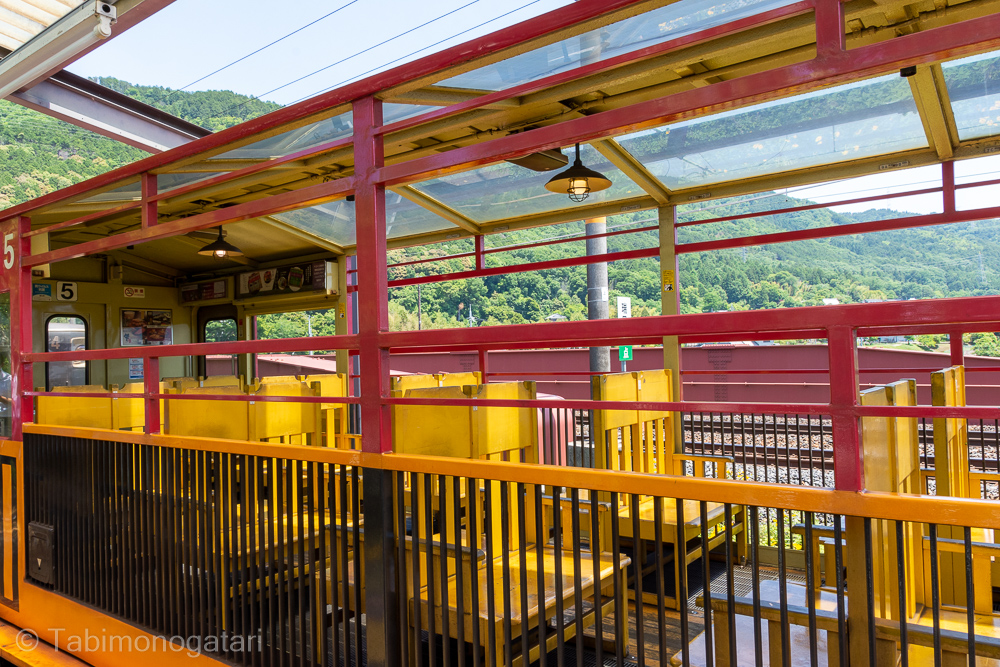
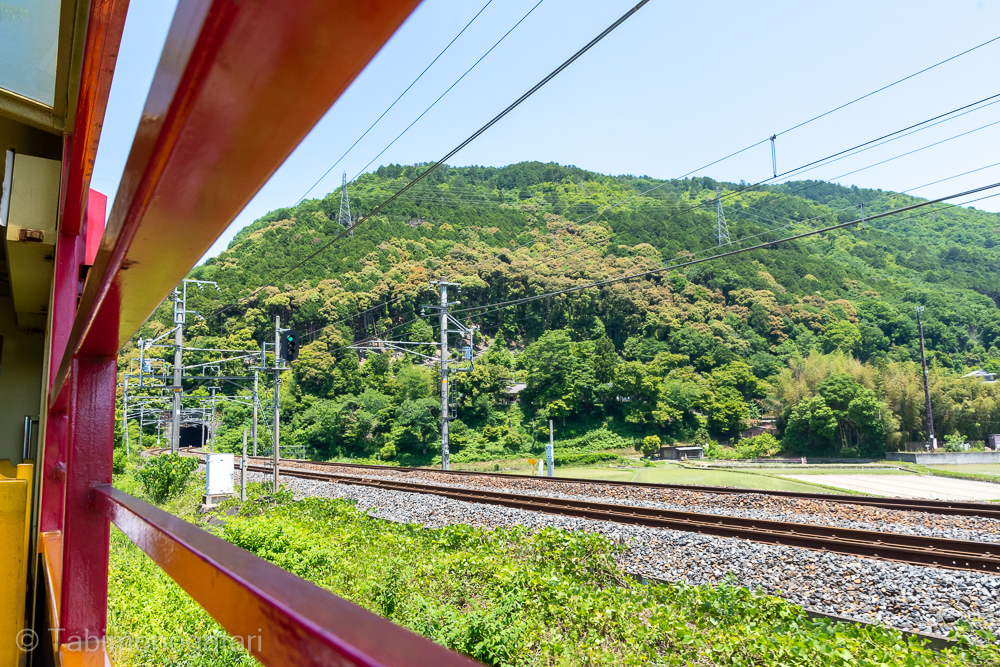
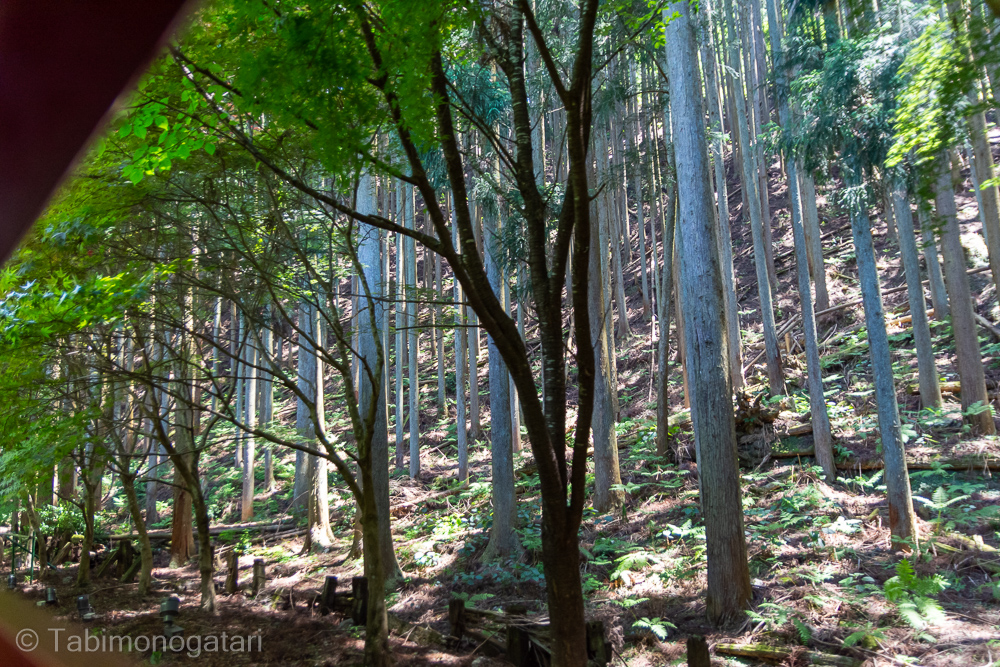
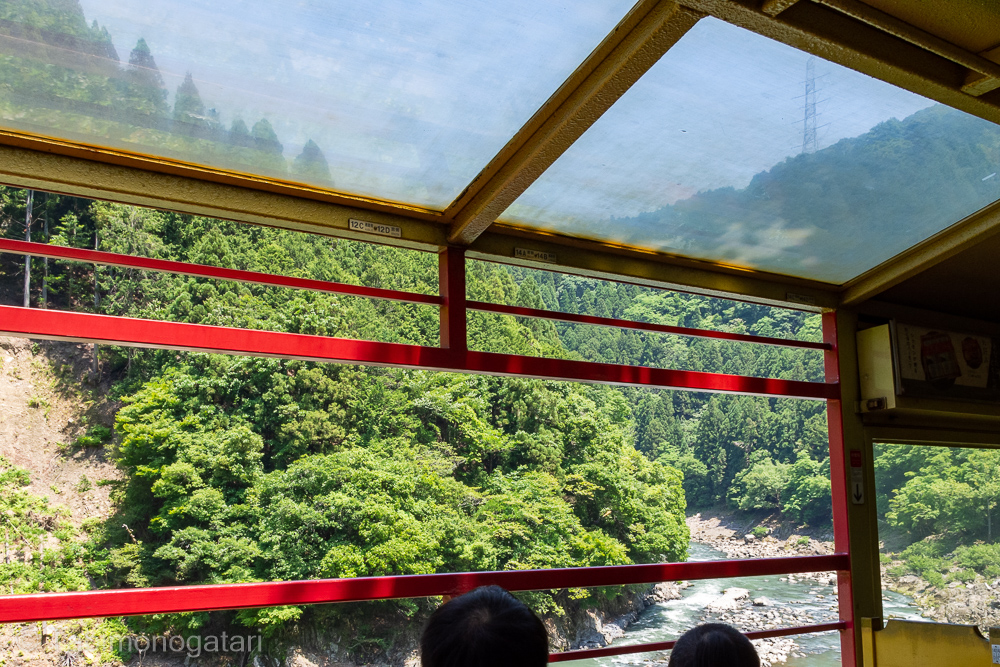
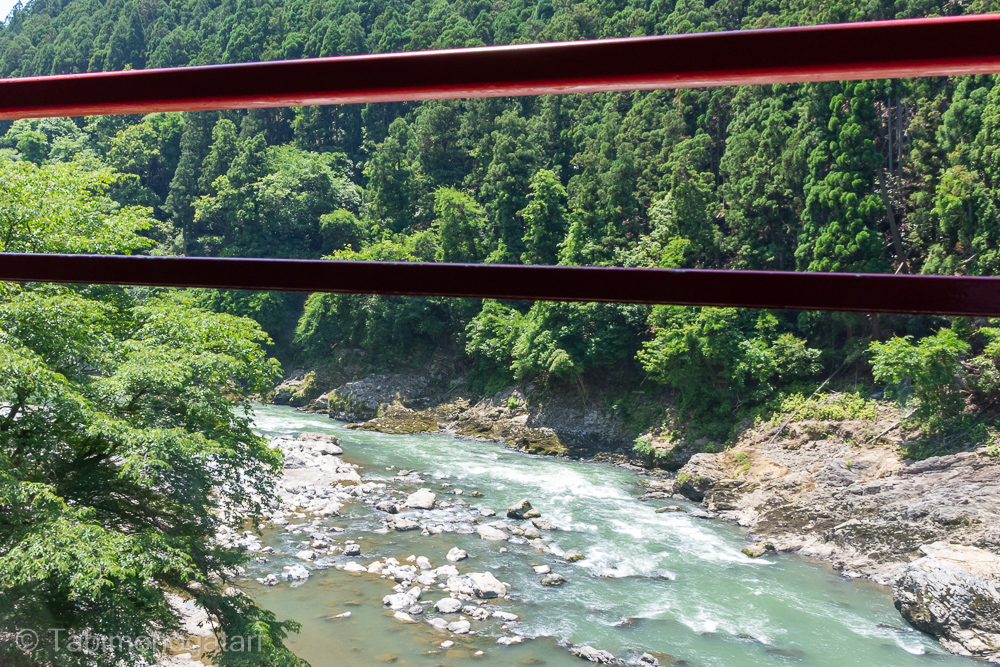
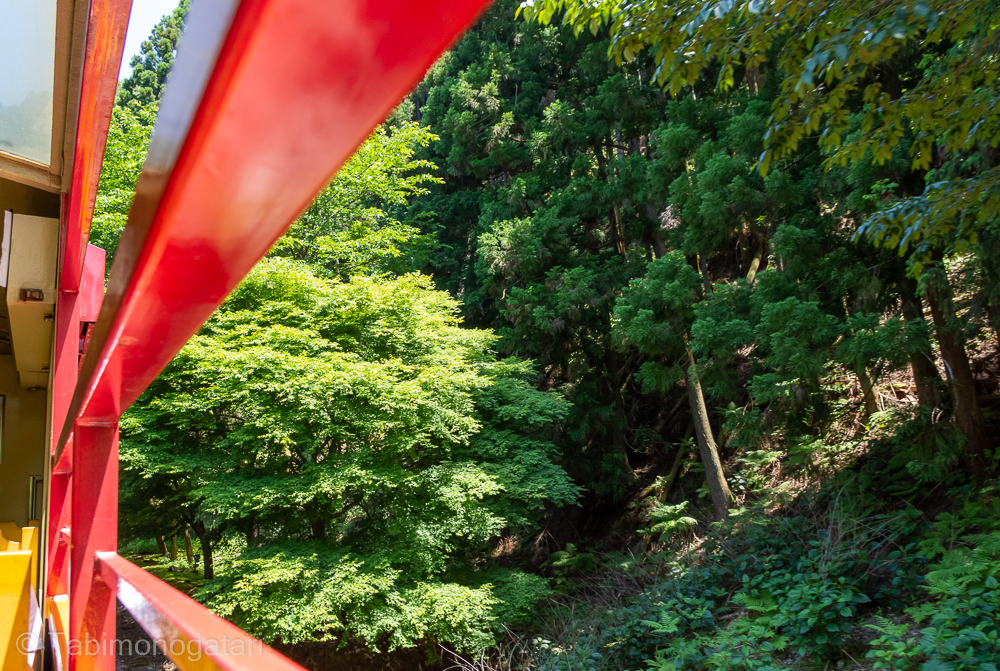
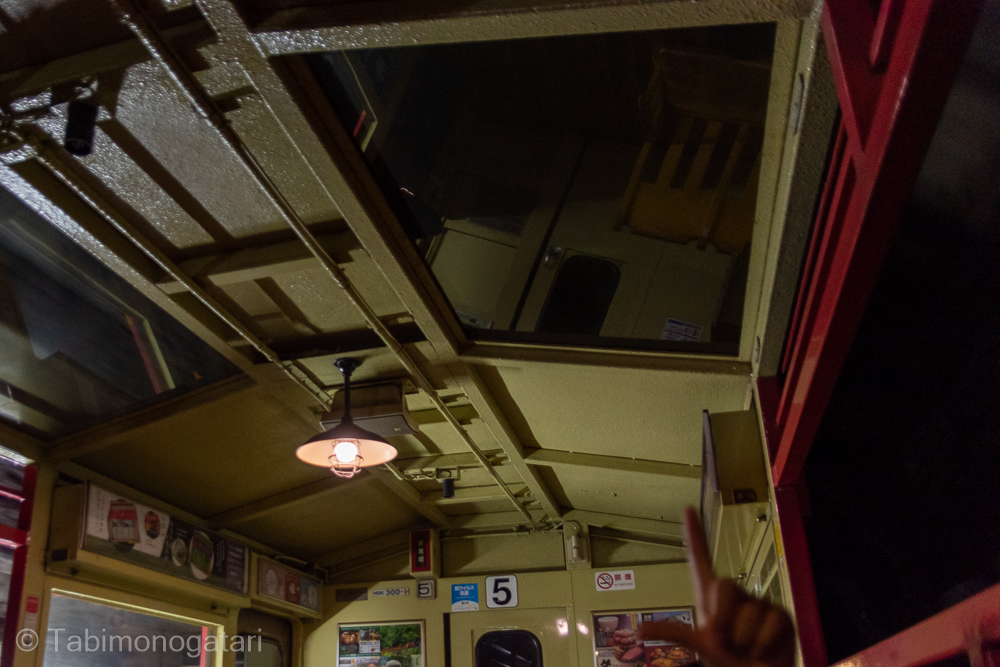
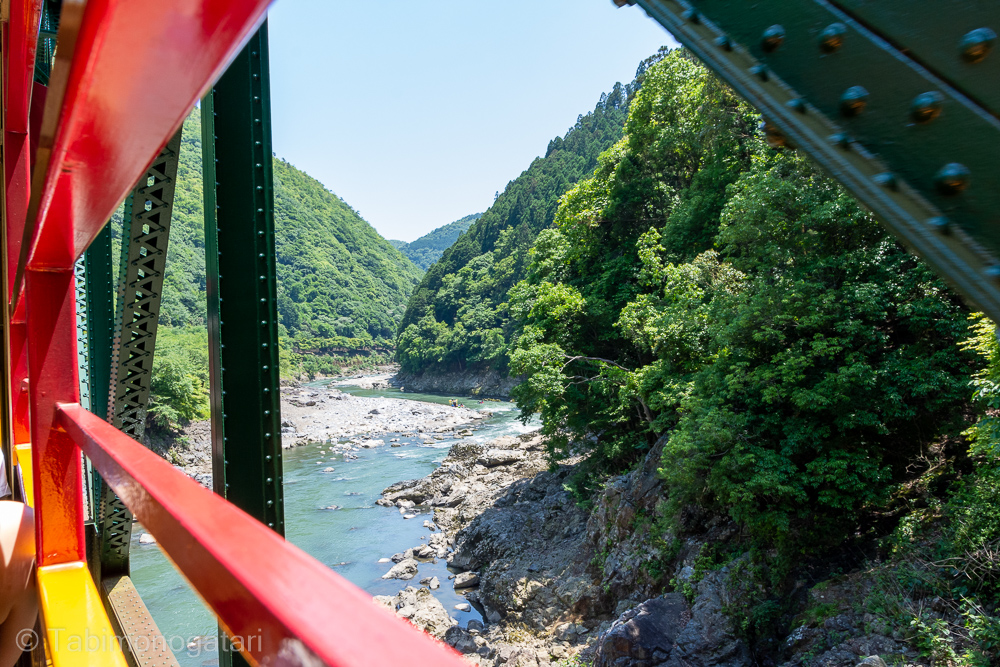
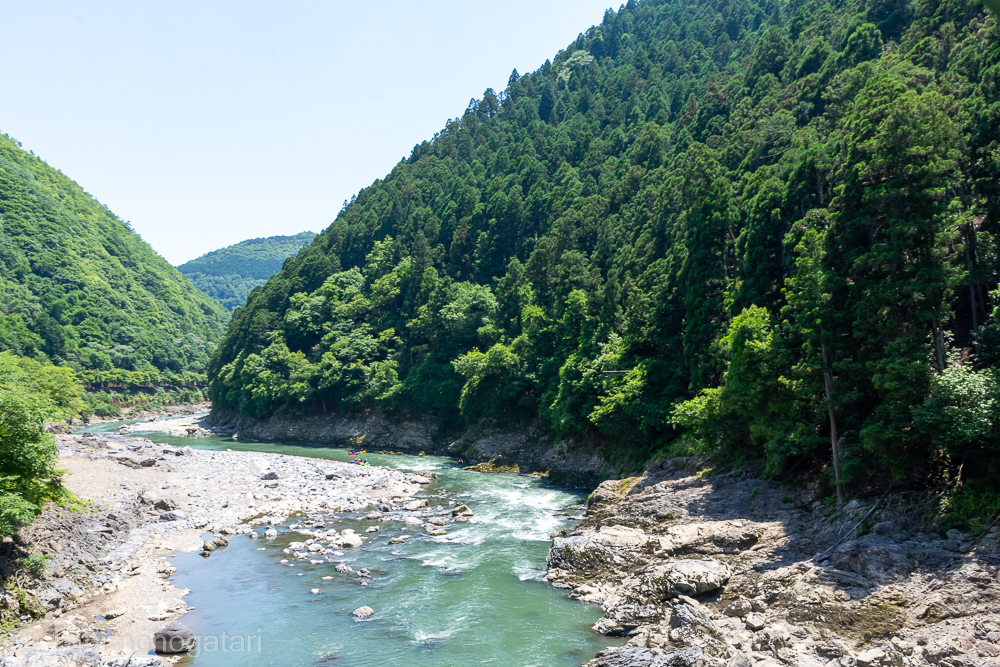
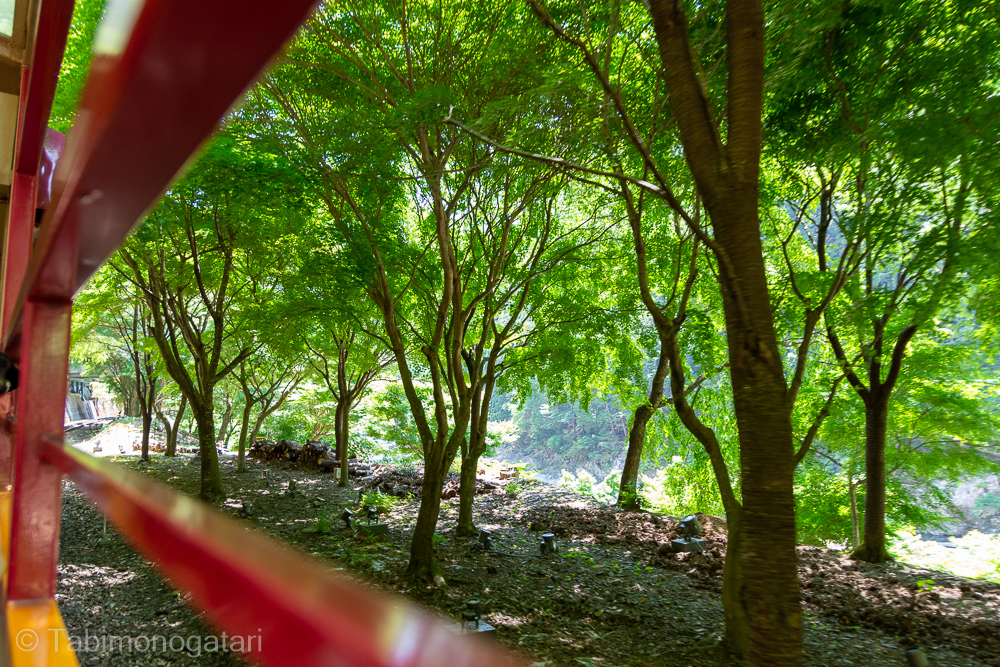
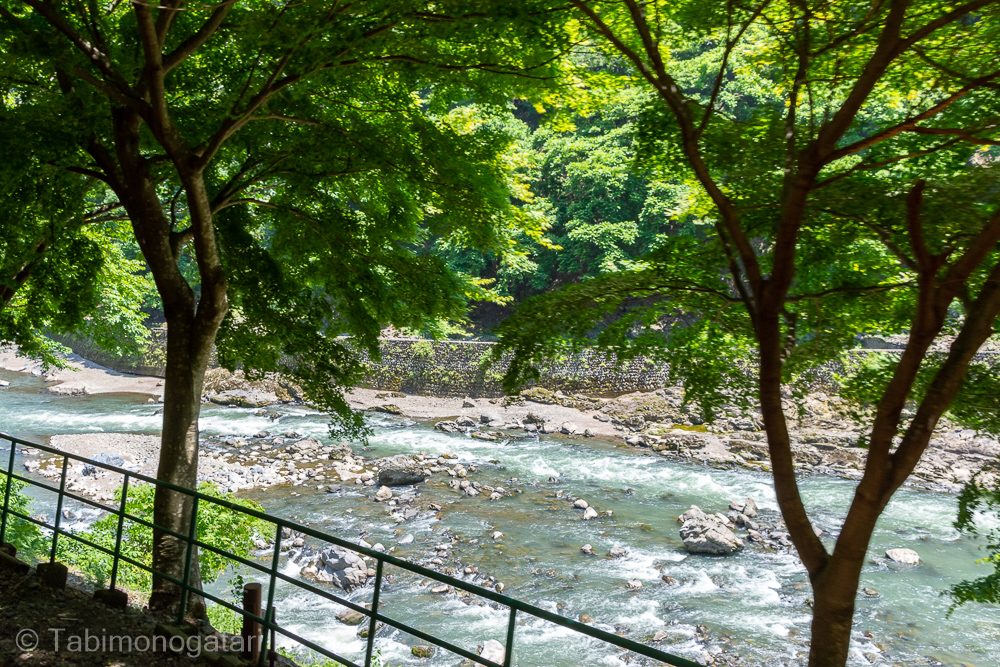
I alighted at Torokko-Arashiyama station and continued to explore the back side of Arashiyama behind Tenryuji and the bamboo forest. Needless to say it was much less busy than the front near the river and the Hankyu train station.
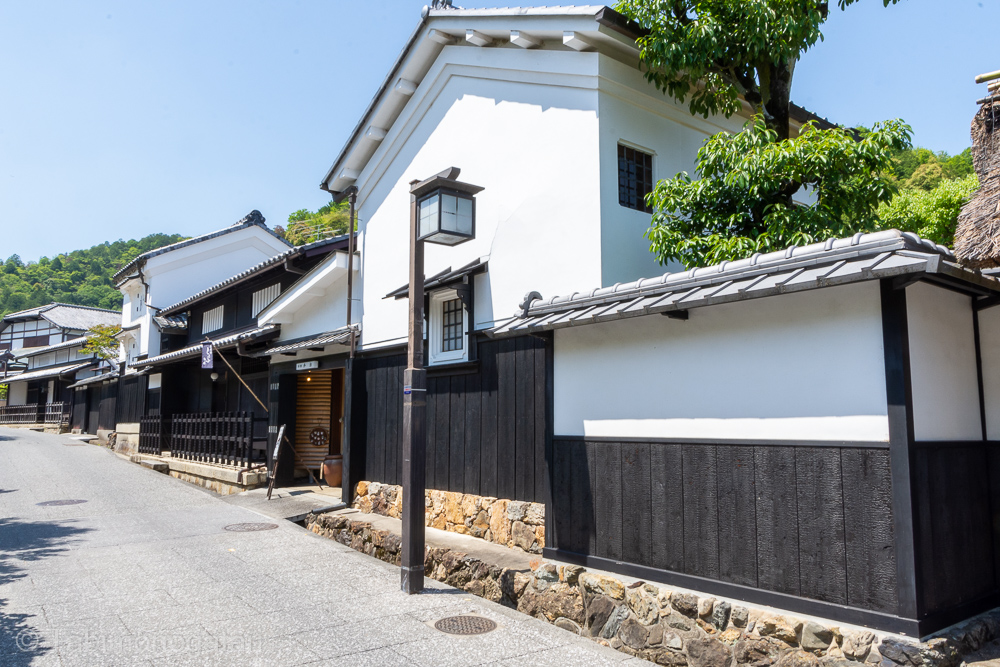
There are several temples in the area which are surrounded by greenery. I visited Gionji temple that has a beautiful moss garden.
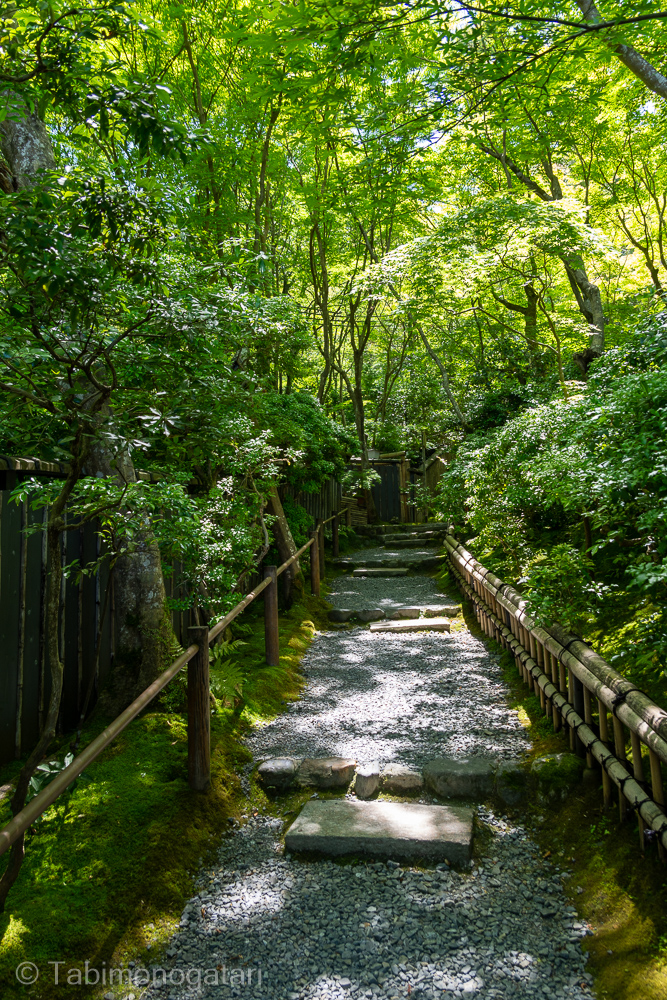
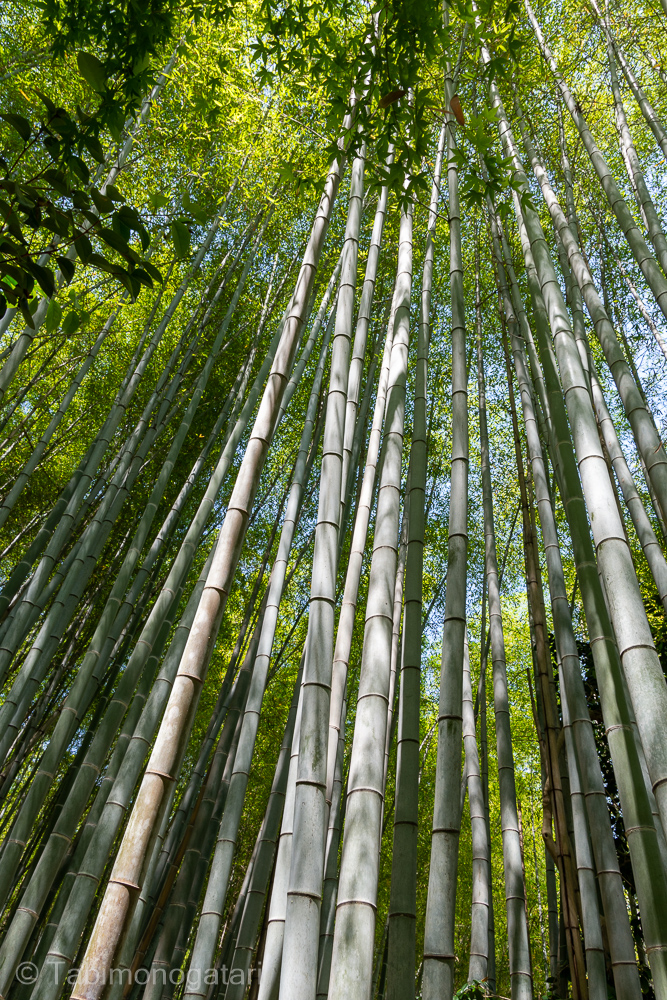
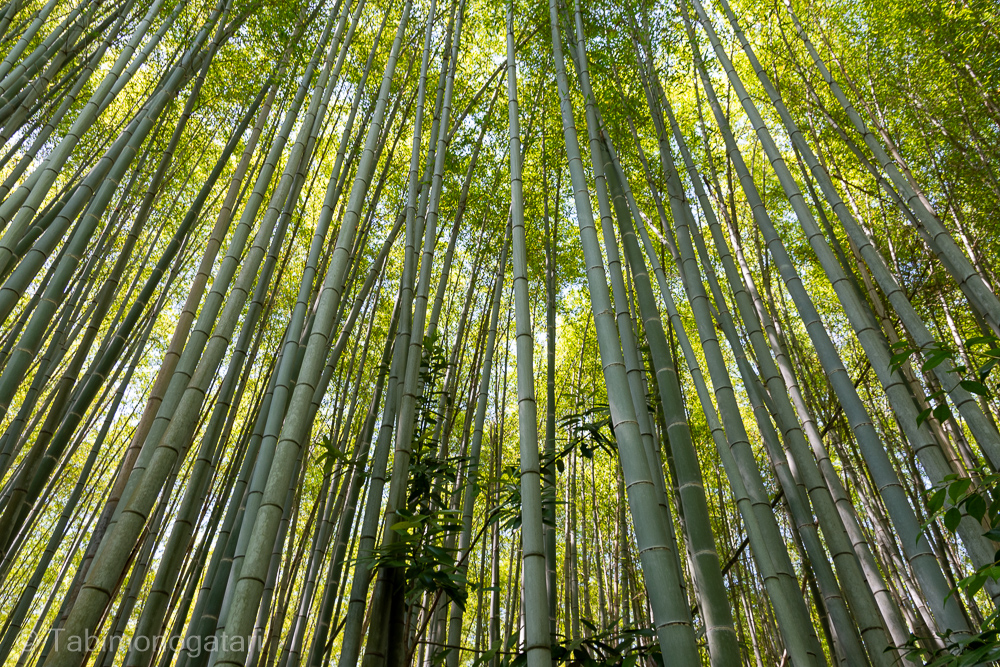
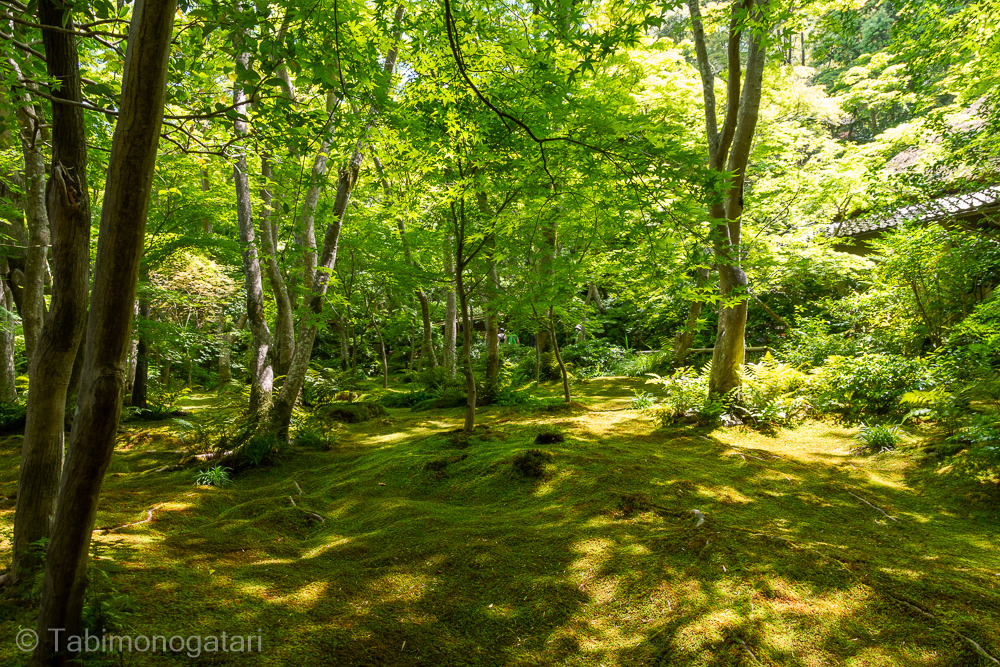
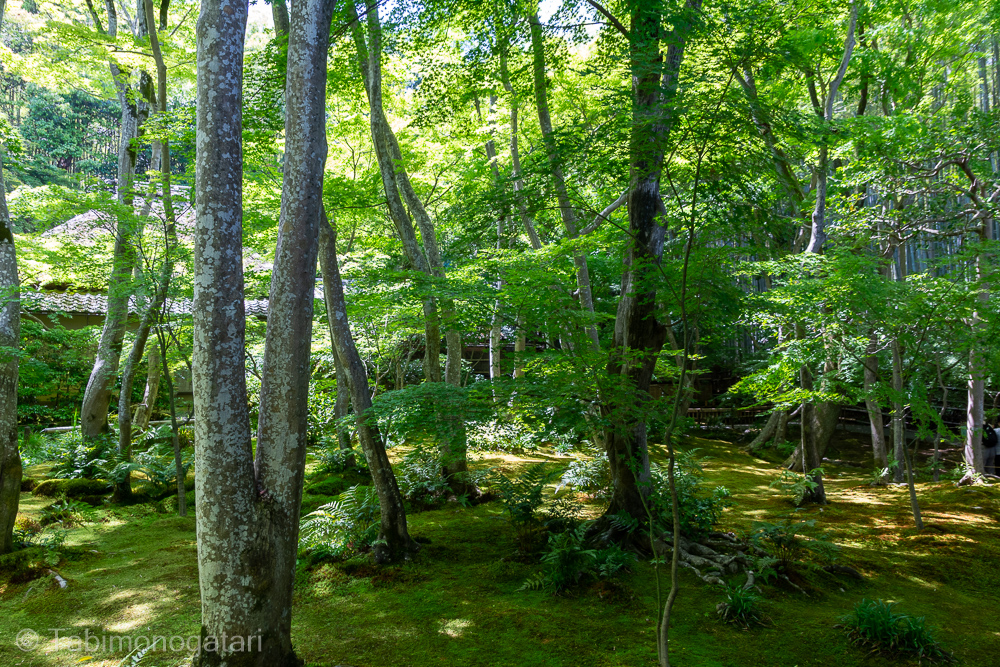
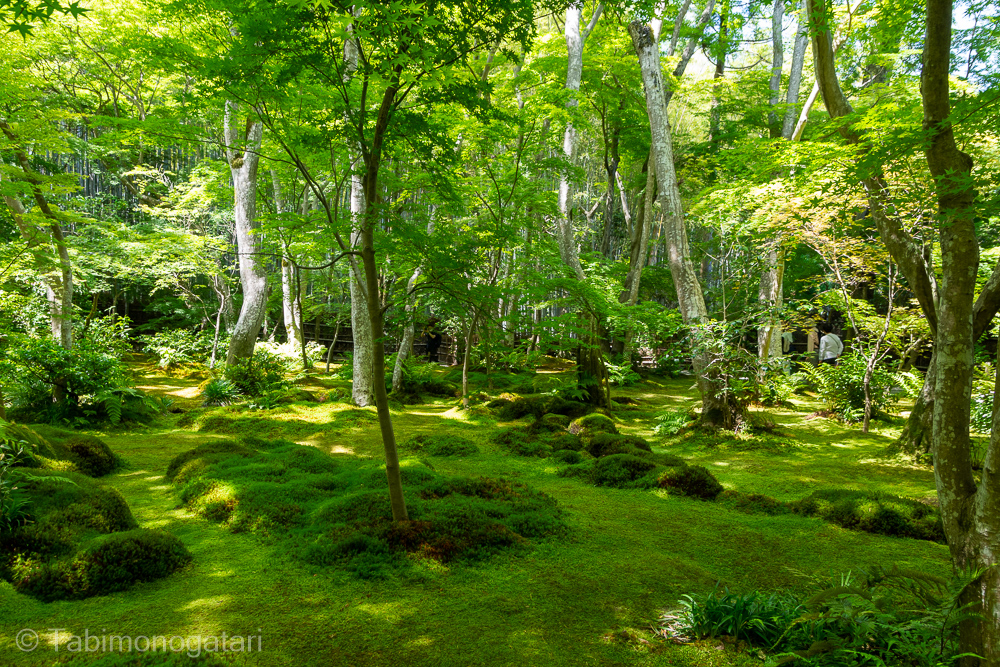
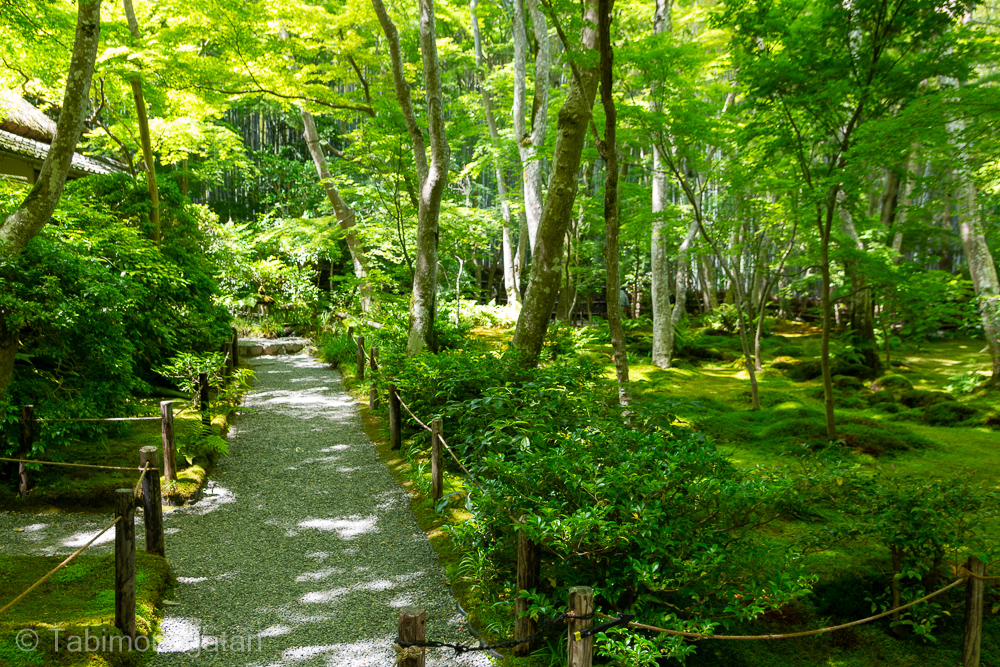
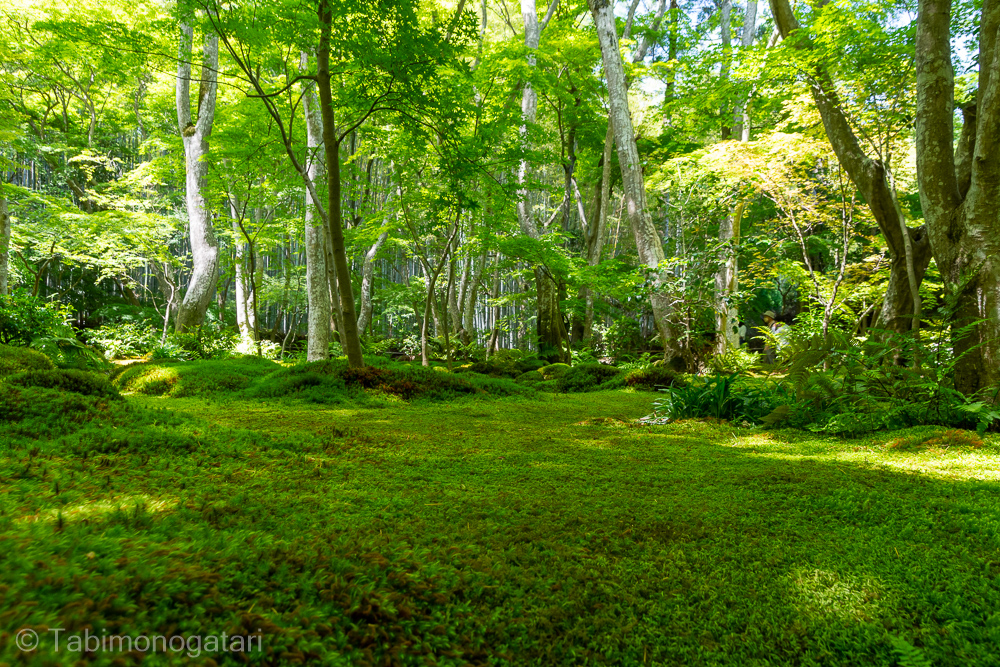
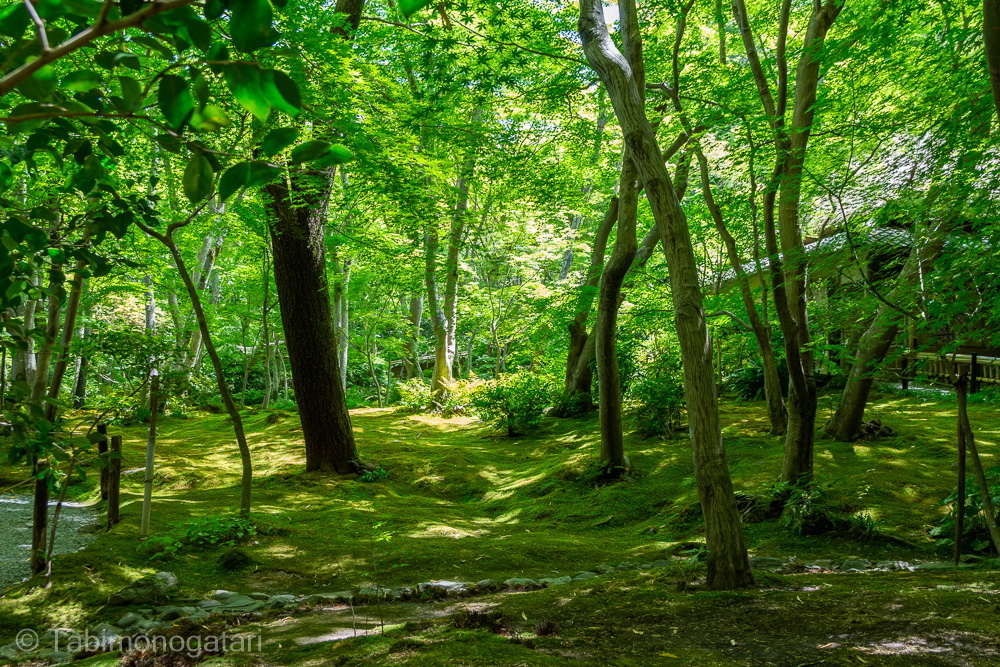
I continued further North but eventually turned around. On the way back I crossed the famous bamboo path (there are equally beautiful and quitter spots all around the area).
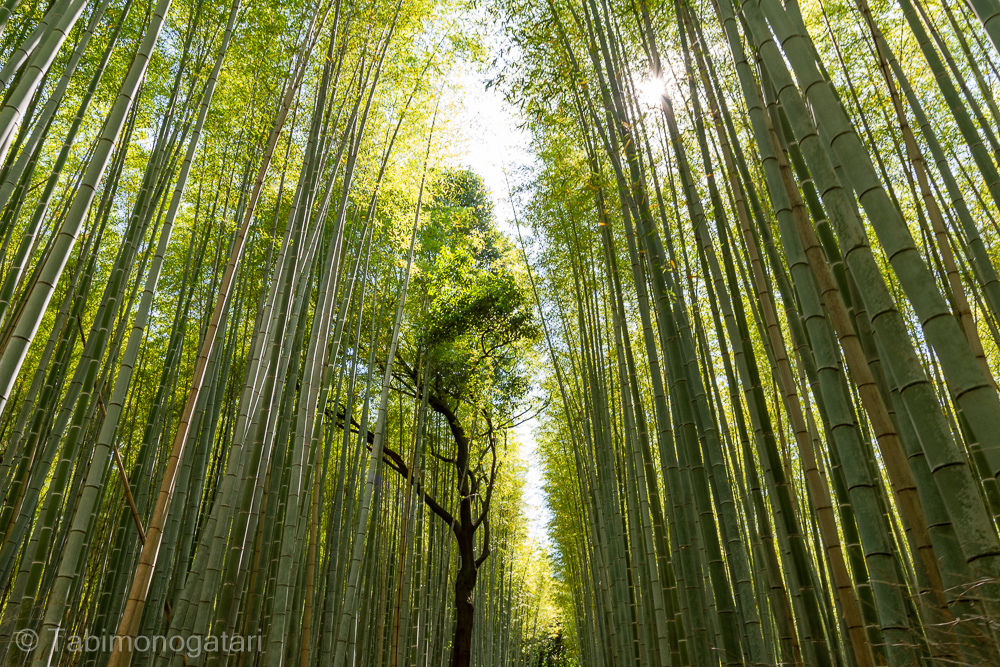
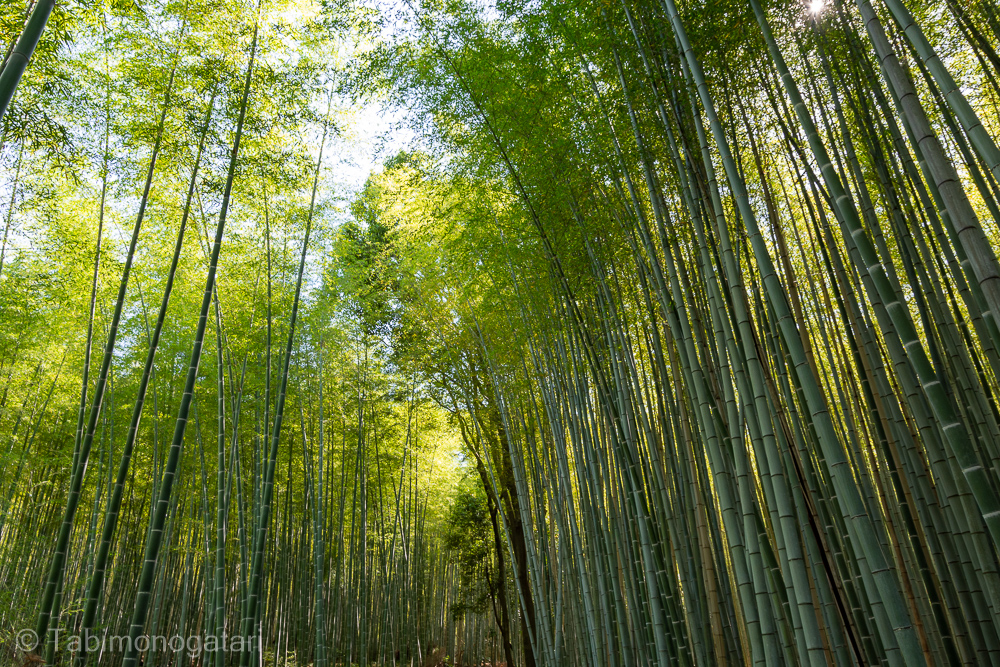
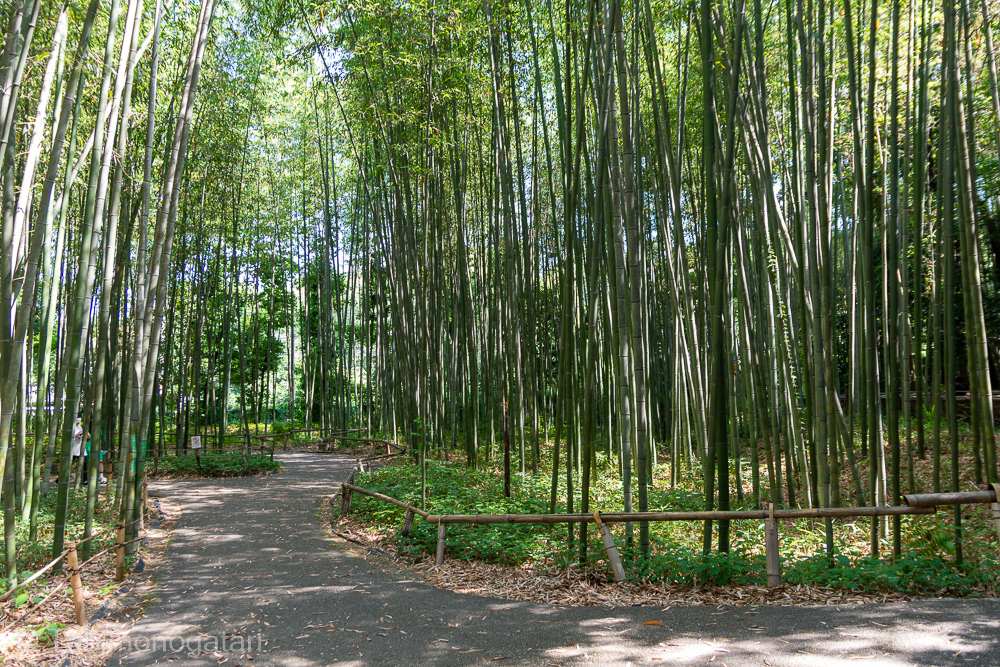
On the way I stopped by a shichimi spice shop (Kamisharaku). Shichi means seven and shichimi is a common spice blend out of seven spices.
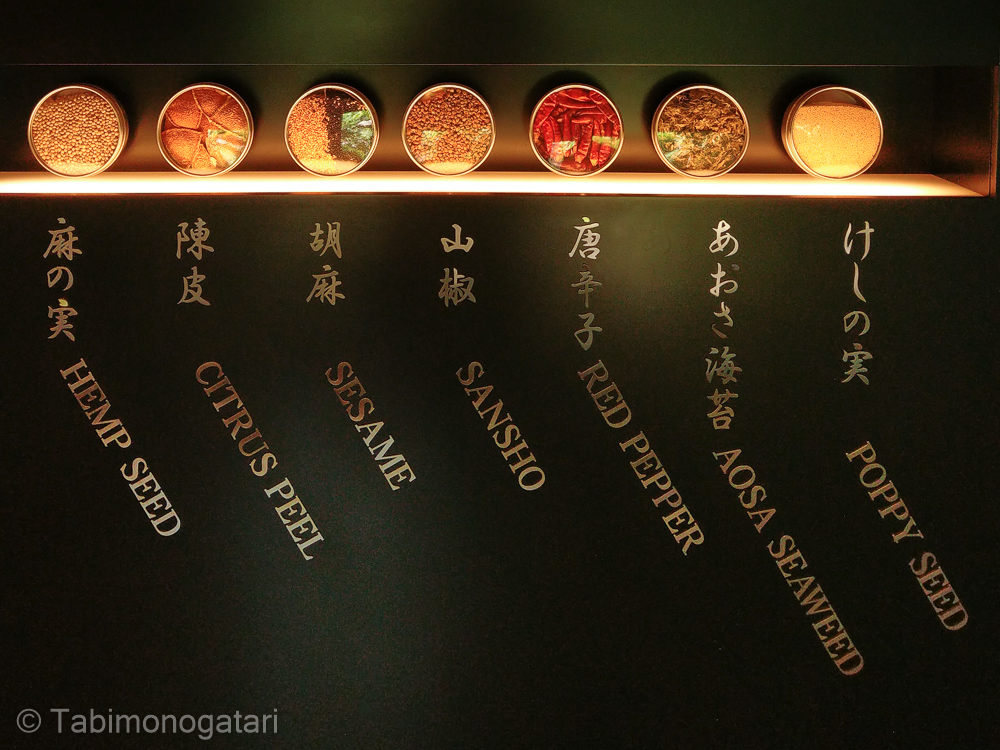
Soon I arrived at Kameyama park from where I could enjoy another angle on the ravine.
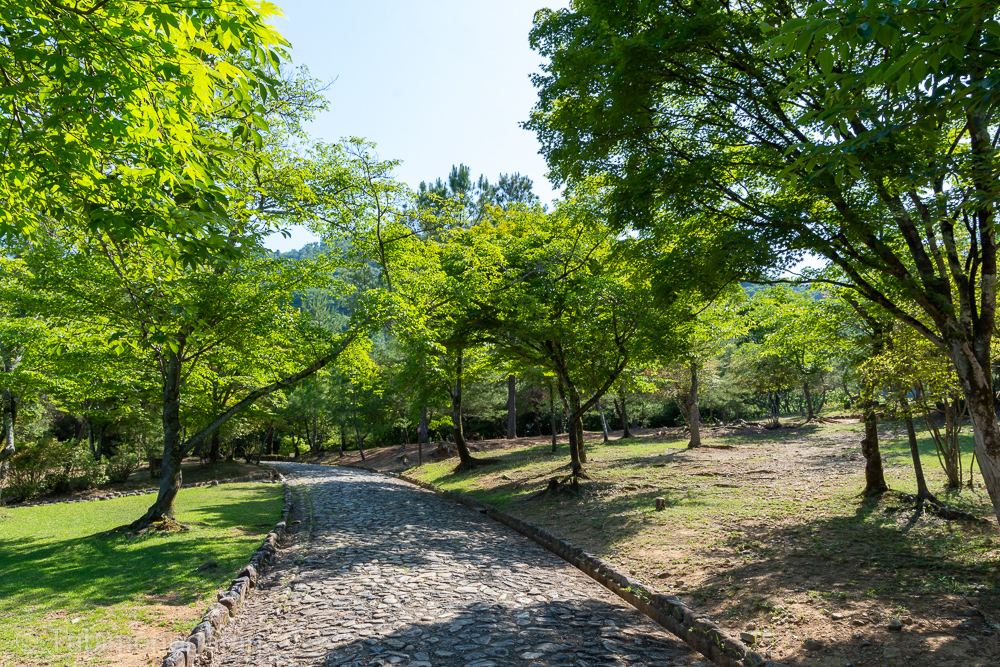
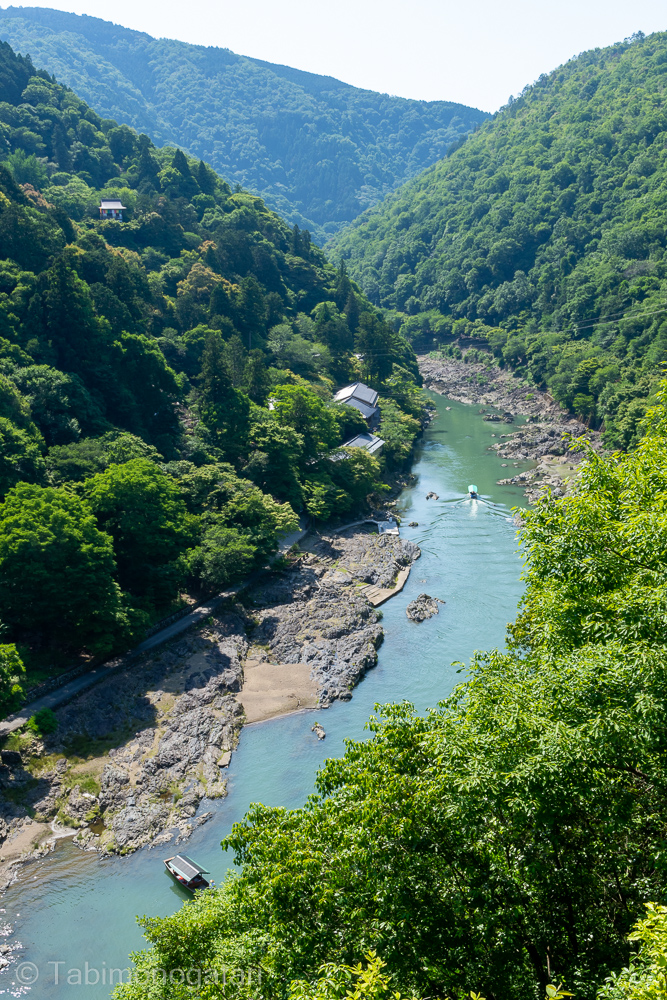
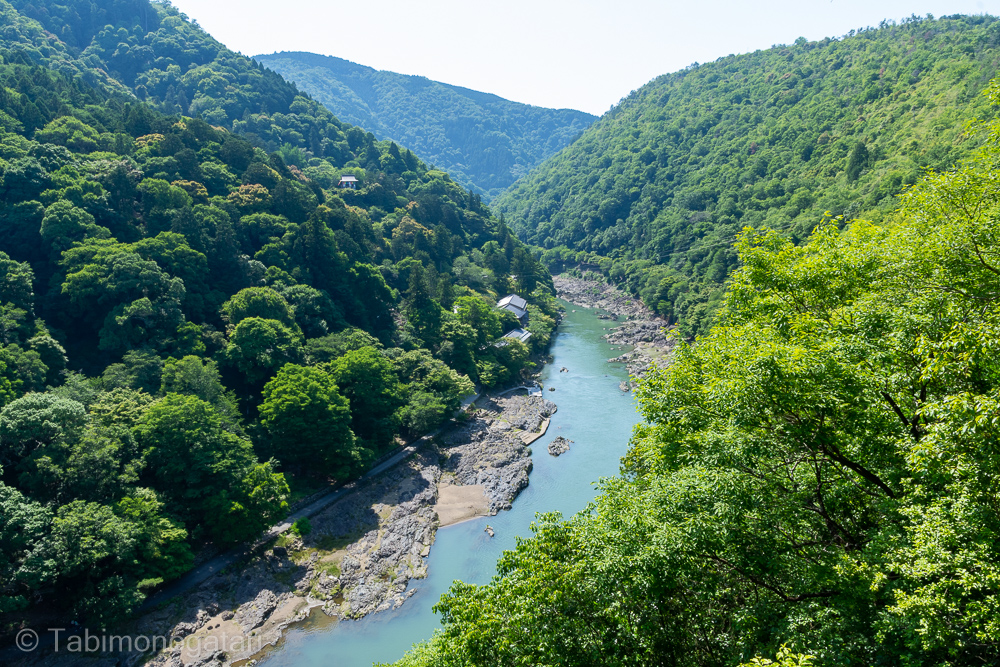
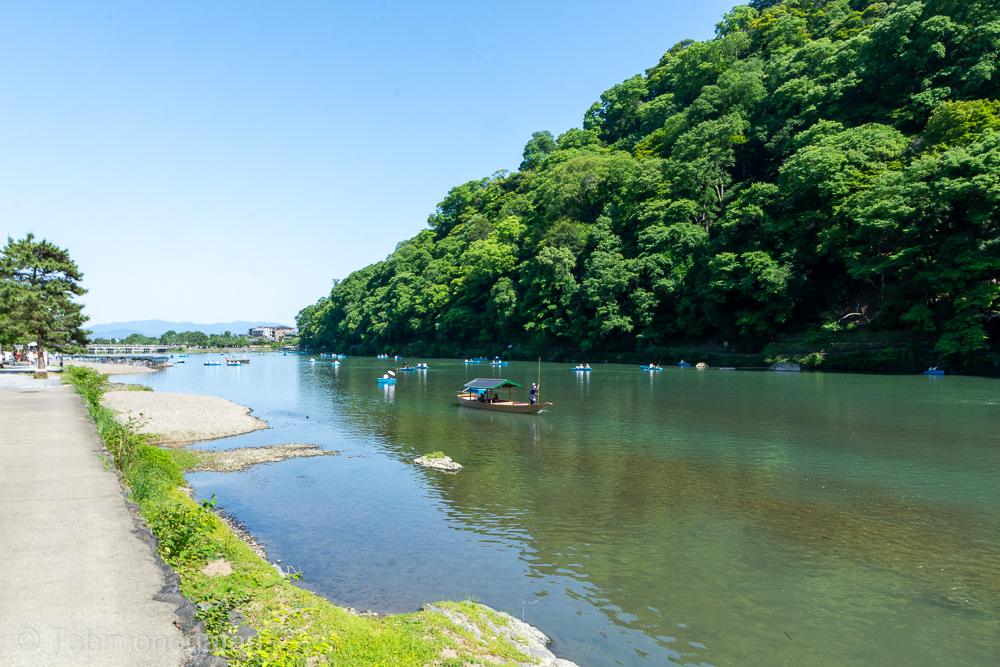
At the end I strolled through the shopping street and had a refreshing desert after the long walk.
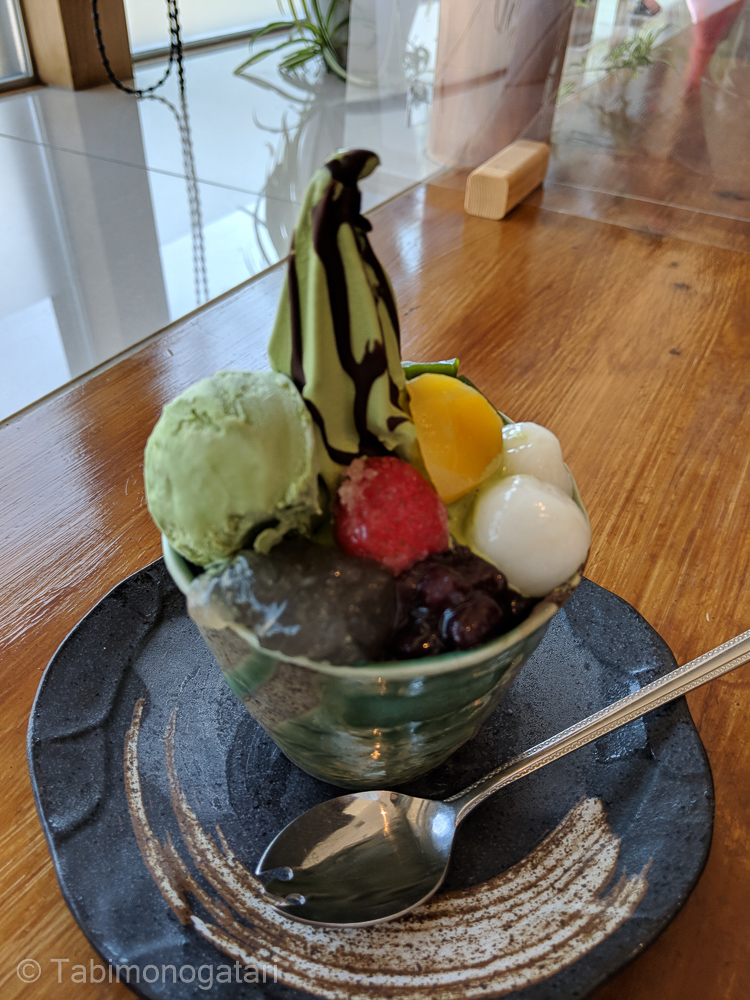
In conclusion, Arashiyama is worth visiting but don’t stop at Tenryuji and the bamboo path and keep exploring.